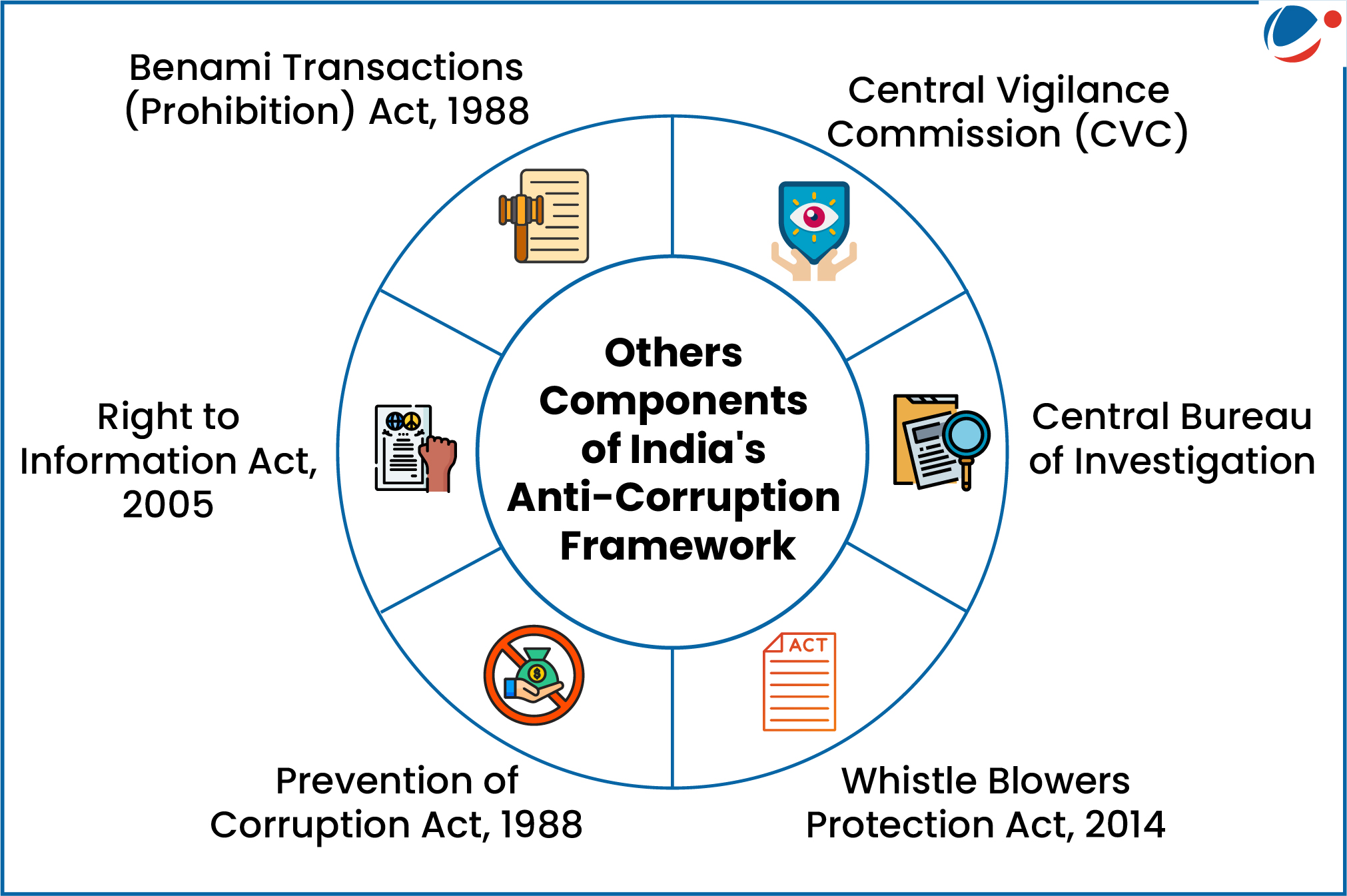The event marked the establishment of the Lokpal on this day in 2014, following the enactment of the Lokpal and Lokayuktas Act, 2013.
About Lokpal and Lokayukta
- The concept originated from the Administrative Reforms Commission (ARC) report (1966).
- The act of 2013 provided Lokpal (ombudsman) at Union level and Lokayukta at state level to ensure accountability and curb corruption in public offices.
- The concept of ombudsman originated in Sweden in 19th century.

Key Provisions Related to Lokpal
- Composition and Members:Appointed by the President of India.
- Chairperson (Chief Justice of India or a Supreme Court judge, or an eminent person),
- Up to 8 members (50% judicial; 50% from SC/ST/OBC/minorities/women).
- Selection Committee: Includes PM (Chairman), Lok Sabha Speaker, Opposition Leader, CJI/ Judge of the Supreme Court, and an eminent jurist.
- Tenure: 5 years or until 70 years of age.
- Jurisdiction: Lokpal covers the Prime Minister (with safeguards), Ministers, MPs, Group A/B/C/D officers, and officials of central government-funded entities.
- Investigates corruption complaints, including those referred by CVC or whistleblowers.
- Prosecution Wing: Lokpal can set up its prosecution wing.
- Timeline for cases: Preliminary inquiry: 90 days; Investigation: 6 months (extendable).
Key Challenges/Issues with Lokpal: Seven-Year Limit (complaints older than seven years are not entertained), delayed appointments, rejected nearly 90% of complaints over the past 5 years as they were not in the correct format, etc.







